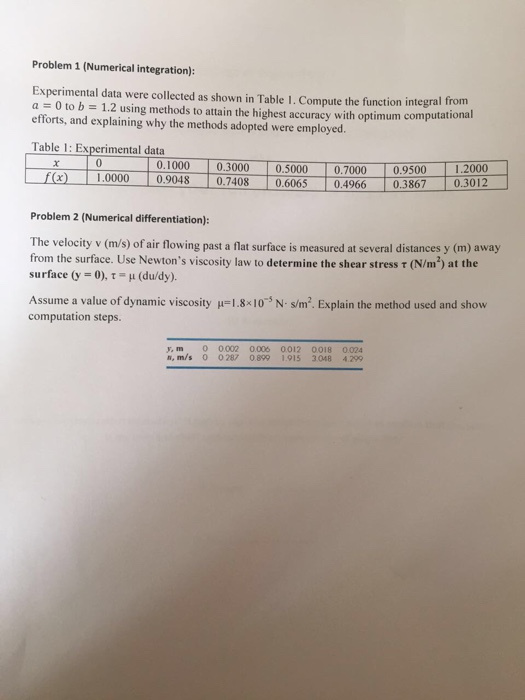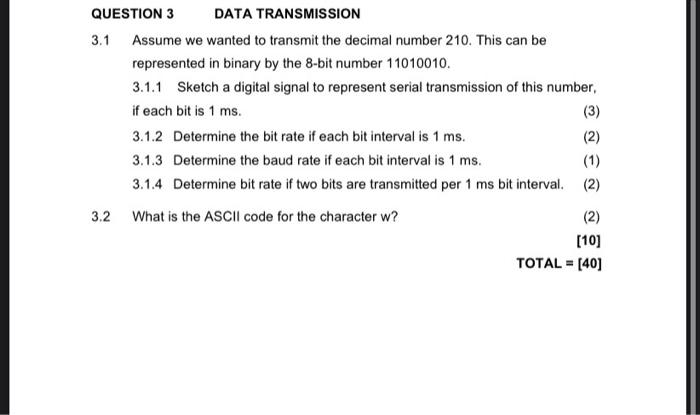Question
24 Suppose you are designing a sliding window protocol for a 1-Mbps point-to-factor hyperlink to the moon, which has a one-way latency of one.25 seconds.
24 Suppose you are designing a sliding window protocol for a 1-Mbps point-to-factor hyperlink to the moon, which has a one-way latency of one.25 seconds. Assuming that every body consists of 1 KB of records, what is the minimal number of bits you need for the series quantity? 25 Suppose you're designing a sliding window protocol for a 1-Mbps factor-to-factor link to a desk bound satellite revolving across the earth at 3 104 km altitude. Assuming that each body consists of 1 KB of information, what's the minimum quantity of bits you want for the collection quantity in the following instances? Assume the speed of mild is three 108 m/s. The textual content suggests that the sliding window protocol can be used to put into effect flow control. We can believe doing this via having the receiver delay ACKs, this is, now not ship the ACK till there is loose buffer area to maintain the following frame. In doing so, every ACK might concurrently well known the receipt of the closing frame and inform the supply that there may be now loose buffer area to be had to preserve the next body. Explain why imposing waft manipulate on this manner isn't an excellent concept. 27 Implicit within the prevent-and-wait situations of Figure 2.19 is the notion that the re- ceiver will retransmit its ACK without delay on receipt of the replica records body. Suppose as a substitute that the receiver maintains its personal timer and retransmits its ACK only after the next predicted frame has now not arrived in the timeout interval. Draw timelines illustrating the scenarios in Figure 2.19(b)-(d); count on the re- ceiver's timeout cost is two times the sender's. Also redraw (c) assuming the receiver's timeout value is 1/2 the sender's. 28 In prevent-and-wait transmission, assume that each sender and receiver retransmit their last body straight away on receipt of a reproduction ACK or facts frame; such a approach is superficially affordable due to the fact receipt of any such replica is most in all likelihood to mean the other facet has experienced a timeout. (a) Draw a timeline showing what will show up if the first facts frame is by some means duplicated, however no frame is misplaced. How long will the duplications keep? This situation is referred to as the Sorcerer's Apprentice computer virus. (b) Suppose that, like data, ACKs are retransmitted if there may be no reaction inside the timeout duration. Suppose additionally that each aspects use the equal timeout c programming language. Identify a fairly probably situation for triggering the Sorcerer's Apprentice malicious program. 29 Give a few details of the way you would possibly augment the sliding window protocol with flow manipulate through having ACKs deliver extra records that reduces the SWS as the receiver runs out of buffer space. Illustrate your protocol with a timeline for a transmission; anticipate the preliminary SWS and RWS are 4, the hyperlink velocity is instan- taneous, and the receiver can unfastened buffers on the rate of 1 in step with second (i.E., the receiver is the bottleneck). Show what occurs at T = zero, T = 1, ... , T = four sec- onds.
question 1



Step by Step Solution
There are 3 Steps involved in it
Step: 1

Get Instant Access to Expert-Tailored Solutions
See step-by-step solutions with expert insights and AI powered tools for academic success
Step: 2

Step: 3

Ace Your Homework with AI
Get the answers you need in no time with our AI-driven, step-by-step assistance
Get Started


